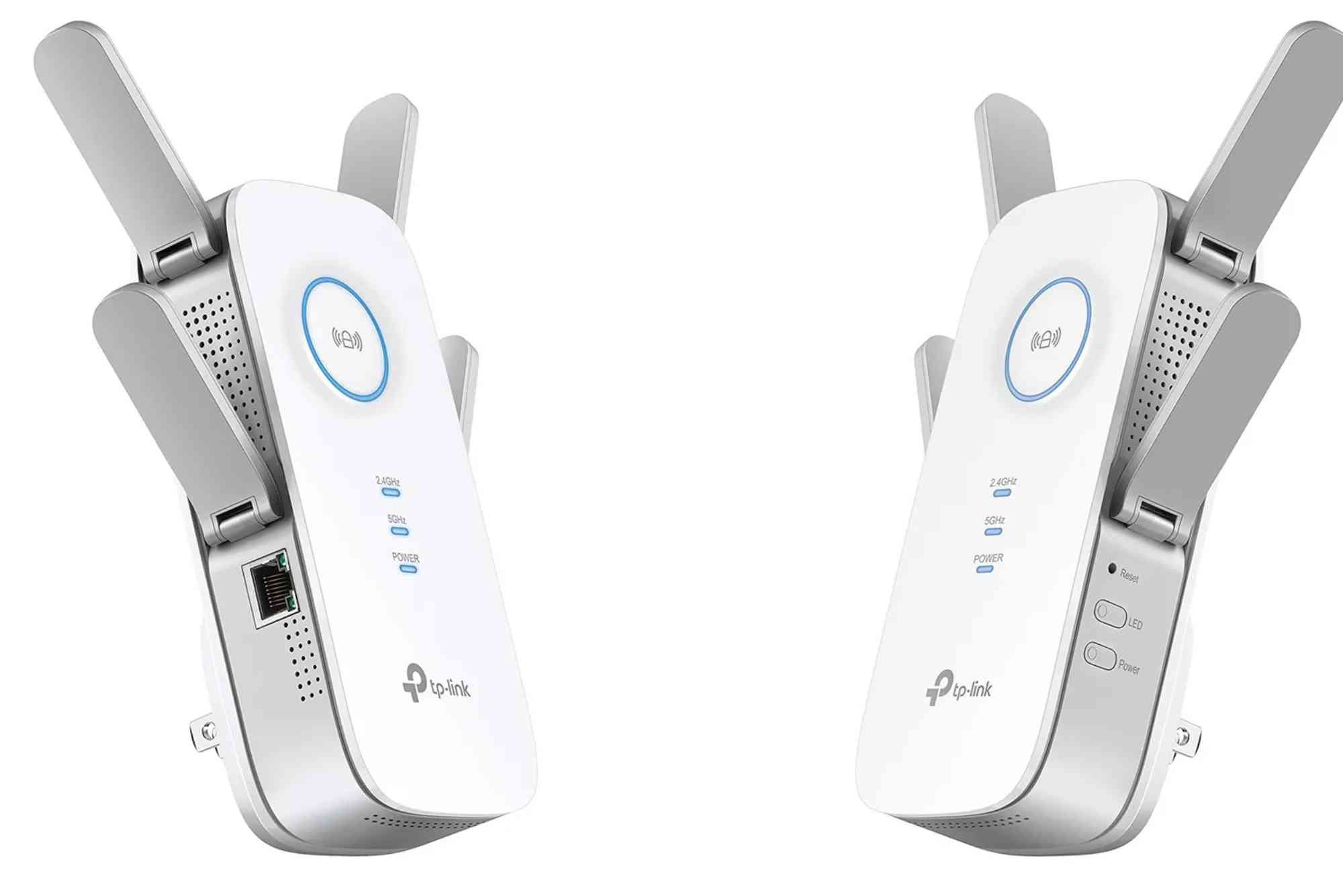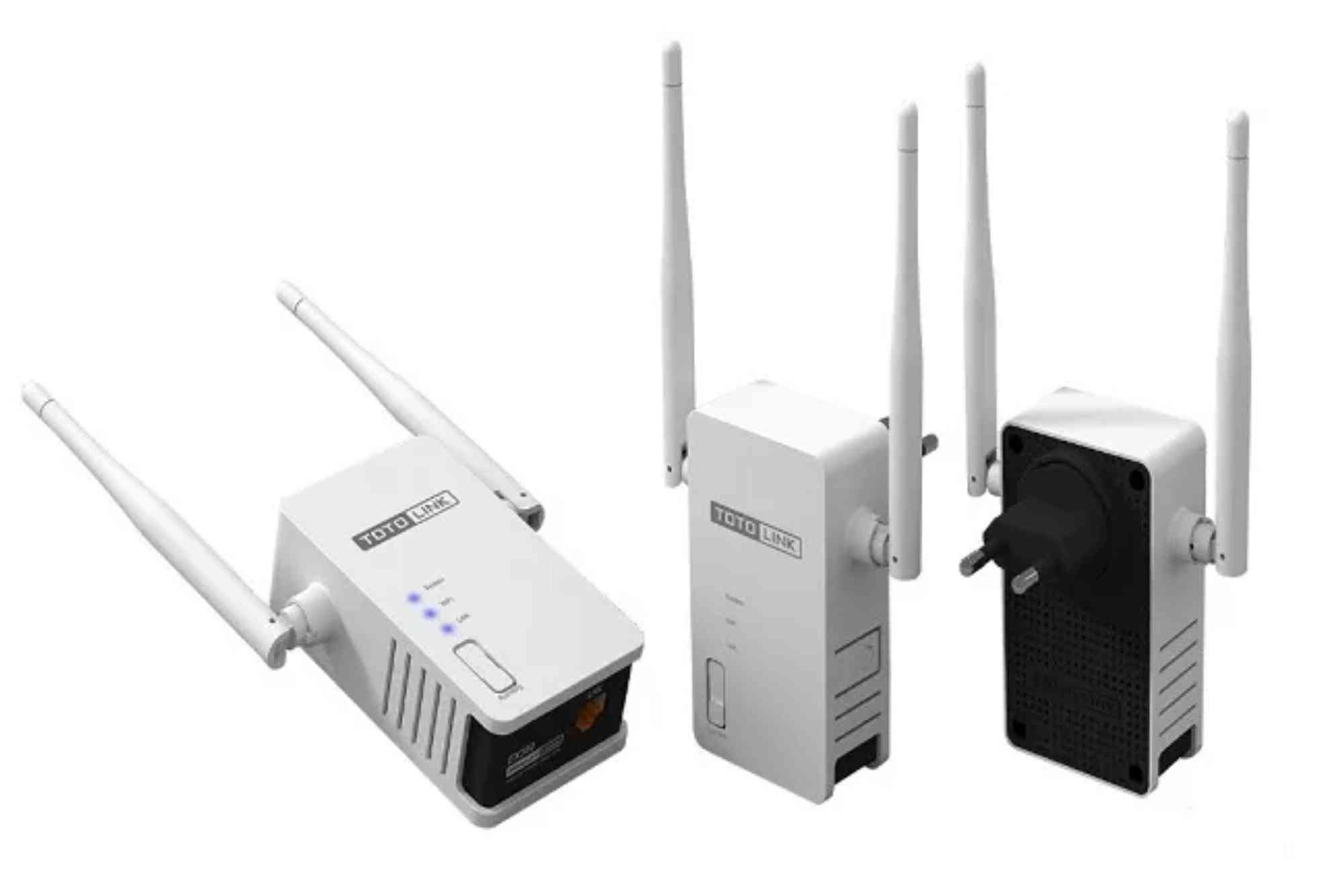How to Enable Two-Factor Authentication for Your ISP Account
Keeping your internet account secure is crucial in today’s digital world. Cybercriminals often target ISP accounts because they provide access to sensitive personal and billing information. One of the most effective ways to protect your account is enabling two-factor authentication (2FA). In this guide, you’ll learn how to enable two-factor authentication ISP login with clear steps, tips, and answers to common questions.
Why Two-Factor Authentication Matters
Two-factor authentication (2FA) adds an extra security layer beyond your password. Even if someone steals your login details, they can’t access your account without the second factor.
The Risks of Password-Only Protection
-
Passwords can be guessed or stolen.
-
Data breaches expose reused credentials.
-
Weak passwords make ISP accounts vulnerable.
How 2FA Protects You
-
Generates a one-time code on your phone.
-
Sends a confirmation link or code via SMS or email.
-
Requires biometric approval (fingerprint or face ID) in some cases.
By learning how to enable two-factor authentication ISP login, you strengthen your defenses against unauthorized access.
Steps to Enable Two-Factor Authentication ISP Login
Different ISPs may have slightly different processes, but the general steps are similar.
Log Into Your ISP Account
Visit your ISP’s official website and log in using your username and password. Ensure you use a secure device and trusted network.
Go to Security Settings
Once logged in, find the “Security” or “Account Settings” section. Most ISPs place two-factor authentication settings under privacy or security options.
Choose a 2FA Method
ISPs usually offer one or more options:
-
SMS Verification: A code sent to your mobile phone.
-
Authenticator App: A more secure method using apps like Google Authenticator.
-
Email Confirmation: A code or link sent to your email.
For stronger security, use an authenticator app.
Enter Your Verification Details
Provide your phone number or scan a QR code with your authenticator app. The ISP will send a code to confirm setup.
Save Backup Codes
Most ISPs provide backup codes in case you lose your phone. Save these codes in a secure place, such as a password manager.
Test the Setup
Log out and log back in to ensure 2FA works correctly. You should receive a verification code before accessing your account.
Best Practices for ISP Account Security
Enabling two-factor authentication ISP login is just one step. Combine it with good habits to maximize protection.
Use Strong, Unique Passwords
Never reuse your ISP password on other websites. Use at least 12 characters with a mix of letters, numbers, and symbols.
Update Recovery Options
Make sure your recovery email and phone number are up to date. This ensures you can recover your account if locked out.
Monitor Account Activity
Check your ISP account regularly for unusual logins or billing activity. Many ISPs allow you to view login history.
Secure Your Devices
Install antivirus software, update your operating system, and enable device locks. A secure device reduces account hacking risks.
Common Problems When Setting Up 2FA
Even with clear instructions, some users face issues when enabling 2FA.
Lost Access to Phone
If you lose your phone, use backup codes or recovery methods. Contact your ISP’s customer support for additional help.
Authenticator App Not Syncing
Ensure your phone’s time is set to automatic. Authenticator codes rely on accurate system time.
SMS Codes Not Received
Check your network signal and confirm your number is correct. Sometimes delays occur with SMS verification.
Benefits of Enabling Two-Factor Authentication ISP Login
Enabling 2FA improves your digital security in multiple ways:
-
Prevents unauthorized logins.
-
Protects billing and payment details.
-
Stops account hijacking attempts.
-
Enhances overall peace of mind.
Security isn’t just about protecting data—it’s about protecting your online identity.
FAQ: How to Enable Two-Factor Authentication ISP Login
How do I enable two-factor authentication on my ISP account?
Log in, go to security settings, select 2FA, choose SMS, email, or authenticator app, then confirm your setup.
What if my ISP doesn’t offer two-factor authentication?
Some smaller ISPs don’t provide 2FA. In this case, use a strong password and enable account alerts if available.
Can I use Google Authenticator for my ISP login?
Yes, many ISPs support authenticator apps. This method is more secure than SMS.
What happens if I lose access to my 2FA device?
Use backup codes or recovery email. If locked out, contact your ISP’s customer service for account recovery.
Does enabling 2FA slow down my login process?
It only adds a few seconds. The extra security far outweighs the slight delay.
Secure Your ISP Login Today
Your ISP account is a gateway to personal, financial, and browsing information. Learning how to enable two-factor authentication ISP login ensures your account is far less vulnerable to cyberattacks. Take five minutes today to secure your ISP login and enjoy peace of mind.
If you’re looking for reliable internet services with a strong focus on customer security, explore Dhanote Internet Services for trusted solutions.








